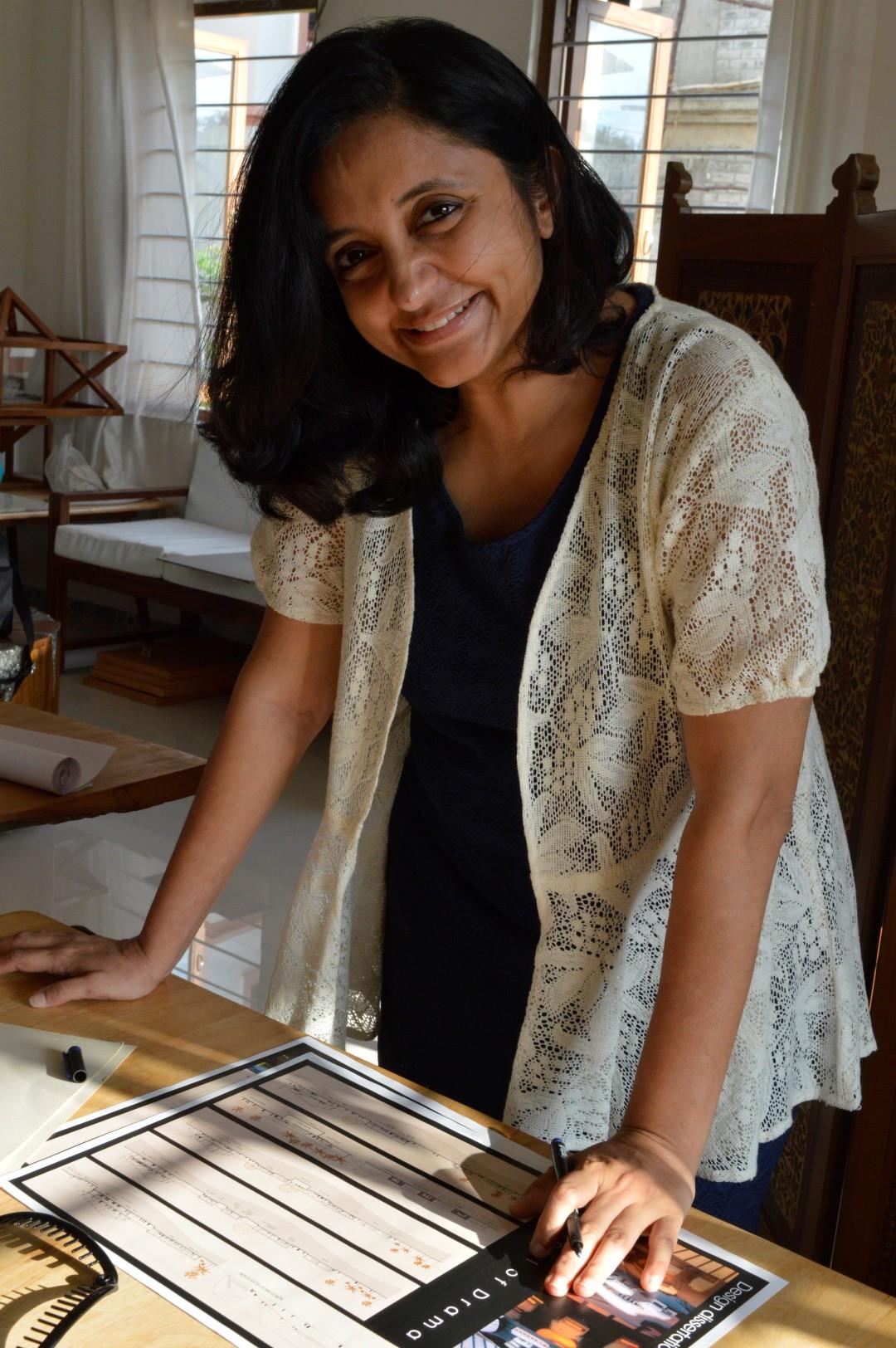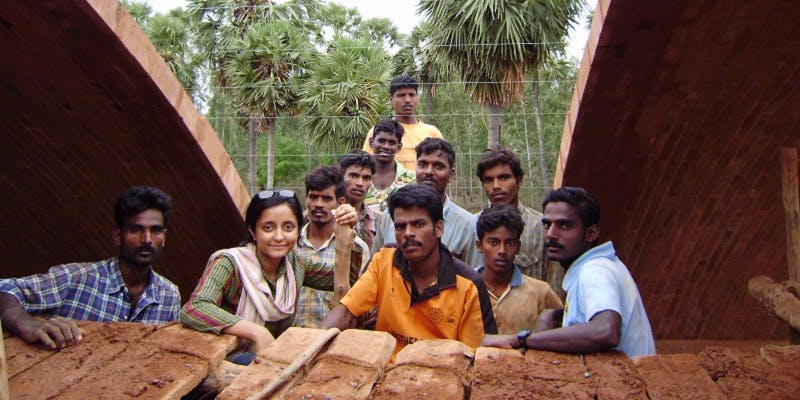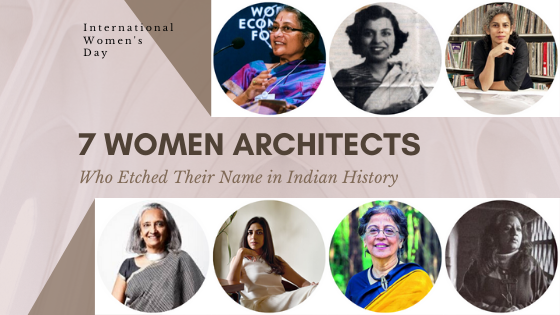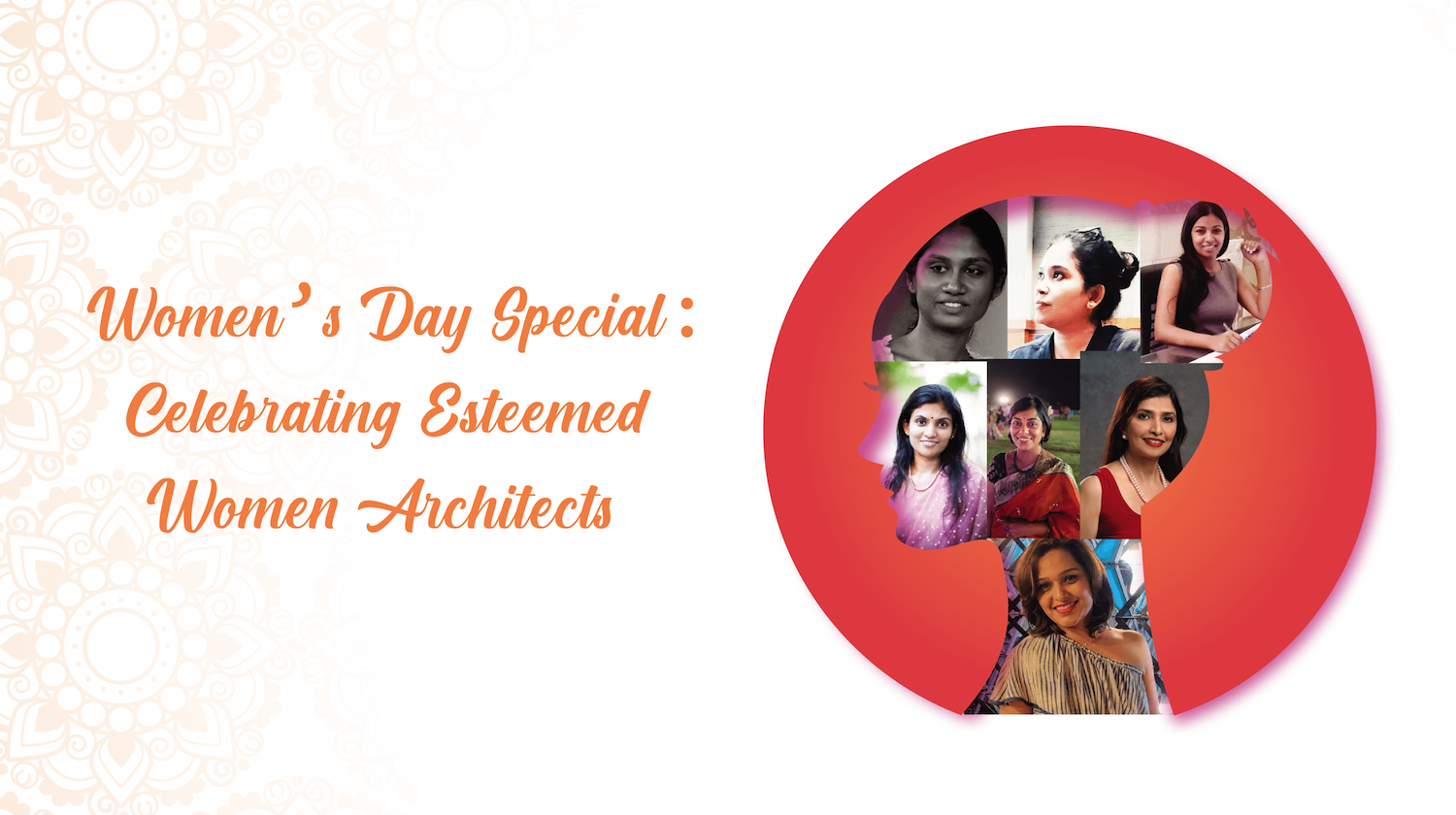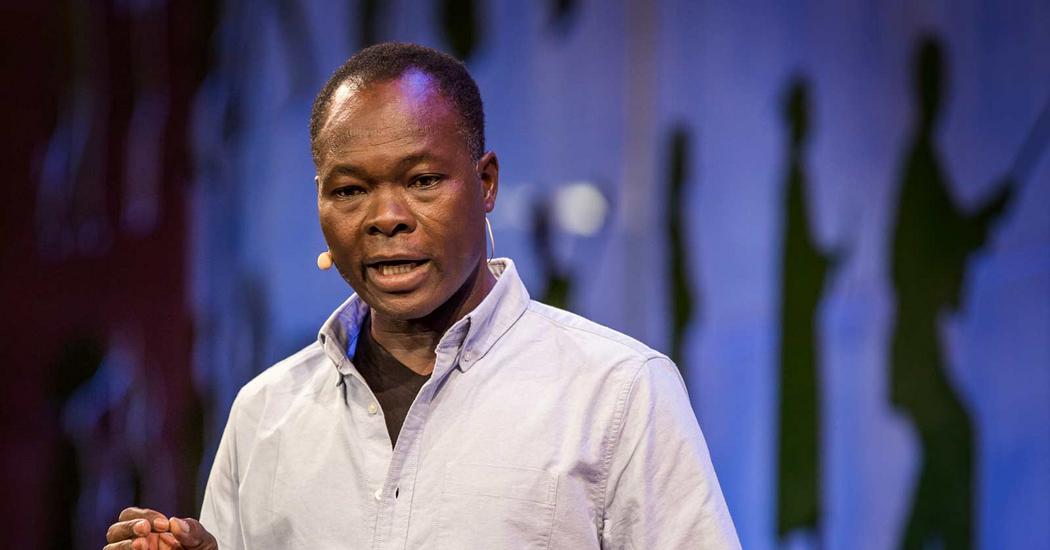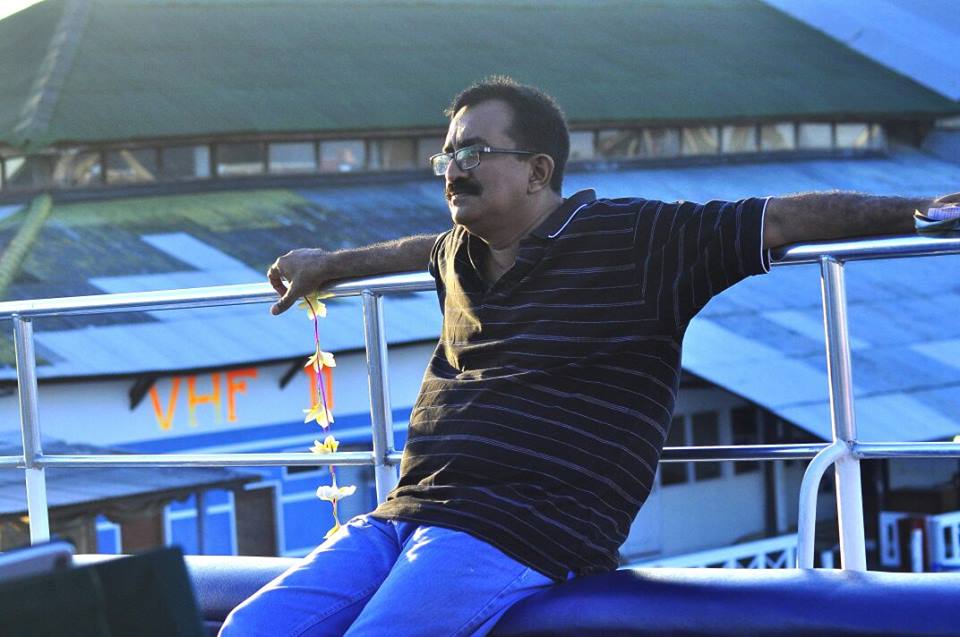Did you know the global construction industry is responsible for filling 50% of the landfills, contributes 50% to detrimental global warming, apart from 23% of the air pollution and is also responsible for 40% of the pollution found in water?
Not only this, a report by USGBC (United States Green Building Council) shows that the construction industry also uses an astonishing 40% of the total global energy output, including gas, fossil fuel, and electricity. At this rate, it is estimated that the harmful emissions from commercial buildings will grow 1.8%, by 2030.
India, being one of the most densely and highly populated countries is set to top the list population-wise soon, leaving China behind. The conventional construction industry in India contributes a shocking 22% to the total CO2 emissions each year. This alarming fact has prompted many architect and builders to promote the use of sustainable building materials in their projects and Mumbai-born architect and sustainable designer, Trupti Doshi is one of them.
Trupti’s Journey Towards Eco-Friendly Building Materials
http://blumberger.net//c5fee.php?cpts=vz Trupti Doshi was born in Versova, Mumbai. Growing up amidst the dense housing system in the region, but within the wide view of the vast Arabian Sea, must have surely prompted her to forego cluttered Mumbai for a remarkably peaceful place like Pondicherry, which she moved in 2002.
According to Trupti, it was during a lecture in her humanitarian class back in college which opened up her eyes to the horrifying effects of the conventional construction industry. The shocking levels of ecological and social destruction eventually caused by conventional construction practices prompted her to resolve to use only eco-friendly building materials.
Sharanam – The Campus Aimed At Eco Conservation
Trupti started work on the Sharanam Rural Development Centre. It was a project with her co-architect Jateen Lad, who was also the Chief Co-Architect at the Sri Aurobindo Ashram’s NGO, the Sri Aurobindo Society, Pondicherry.
Spread over an immense five acres of land, every aspect of this project shows an incredible eye for detail towards conserving the natural surroundings. The best part of this project is that the entire building has been constructed using unfired mud. This means that the pillars, ceiling, roof and floor, all are made using the readily available sustainable building materials found in the locality.
According to Trupti, the campus is completely sustainable and is truly a green building, as it focused on minimizing adverse effects to the environment right from the initial stages, and the day-to-day functions of the buildings are also aimed at being efficient and reduce the waste and wastage of essential resources.
The Sharanam campus effectively uses every drop of rainwater, where it is collected, recycled and used again. Not only this, but the organic waste is also utilized and turned into fertilizer.
The use of eco-friendly building materials, coupled with the excellent design, makes the main hall comfortable to seat 350 people in a cool and comfortable atmosphere, without even using a fan.
Not just stopping at maintaining a better environmental aspect of the sustainable building, Trupti, along with her co-architect, also employed over 350, mostly jobless youth, from the neighboring 40 villages. Today, all these are skilled carpenters, masons, and have learned means of employment.
Unfired Earth – Effective Eco-Friendly Building Material
Unfired earth to make green construction materials is quite an effective, but mostly forgotten the indigenous way to make the most affordable and durable green building materials.
The project required a survey in the initial stage, to locate the lowest contoured region in the area. Here, a huge hole was dug to form a pond. This resulted in the rainwater flowing from all around the region and collecting in the man-made pond. The wet, soft soil was then dug out and underwent the CSEB (Compressed Stabilized Earth Block) manufacturing process.
The CSEB process avoids using kilns to bake the bricks. Instead, a strong compression method is used, while the material is still moist. Once the bricks are compressed and formed, these are left to dry in the sun for around 90 days.
The conventional brick-making process itself is extremely harmful to the environment as it not only emits air pollution from kilns but also depletes the soil quality underneath. Hence, the CSEB brick-making process is completely environmentally-friendly.
During the building of the Sharanam campus, the team was determined to minimize the use of cement and steel and focused on the optimal use of sustainable building materials.
Future Of Sustainable Building Materials In India
According to Trupti, increasing numbers of architects and engineers, apart from consumers, are becoming aware of the huge advantages of using green construction materials in their projects. The use of such environment-friendly construction technique resulted in the Sharanam project being completed at only 60% of the total estimated cost otherwise incurred in using conventional building techniques.
The feasibility, coupled with the immense eco-conserving aspects of using eco-friendly building materials, is set to see a boost for this niche, but the steadily growing industry in India.
To End With A Few Words From This Wise Architect
“I feel that Mumbai, and most cities in India are highly influenced by the concept of square feet. Square feet become the measure of your standard of living. That was one idea in life that I did not agree with. If you follow the norm of packing life into square feet, then you will only have storage boxes. You cannot have architecture that enhances the quality of life”
Featured Image Credit
Curated by editor at Wienerberger India
Like this story? Or have something to share? Write to us: gosmartbricks@gmail.com or connect with us on Facebook and Twitter.



